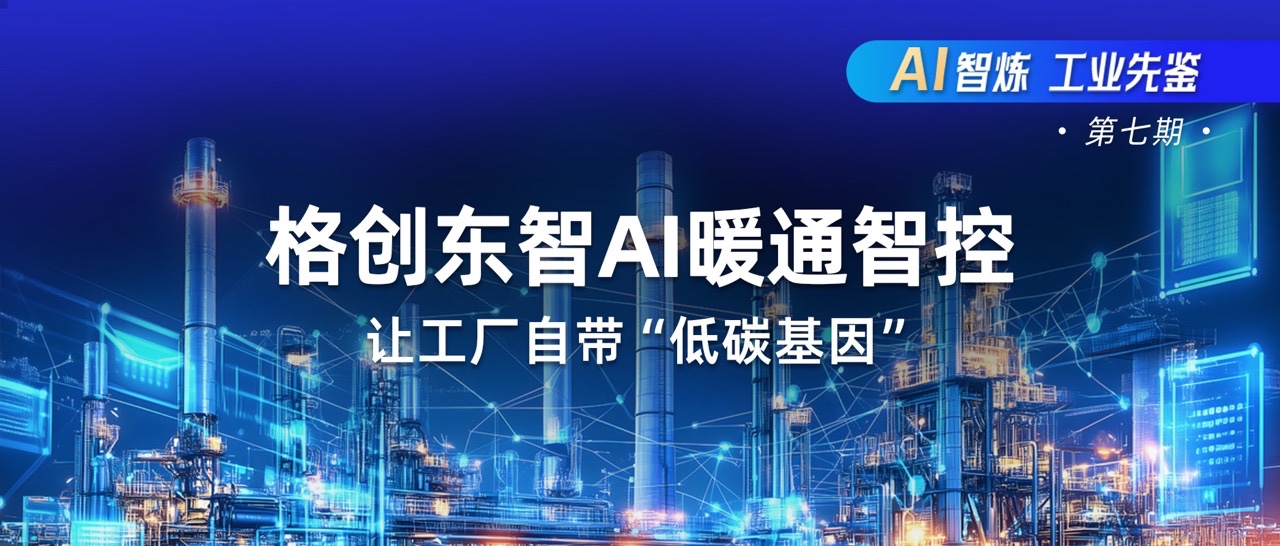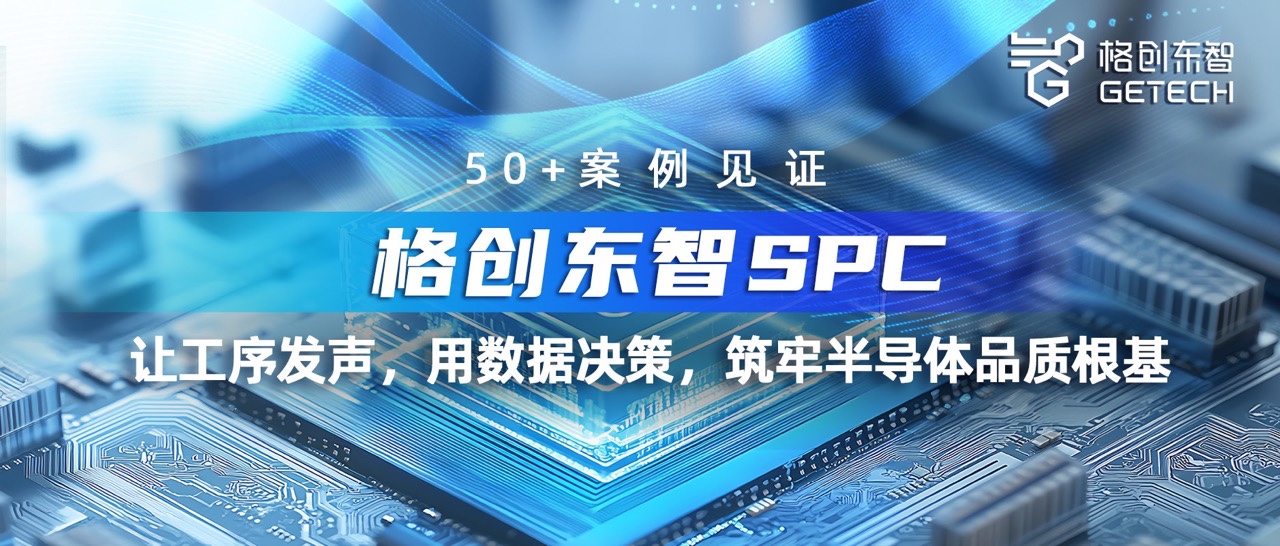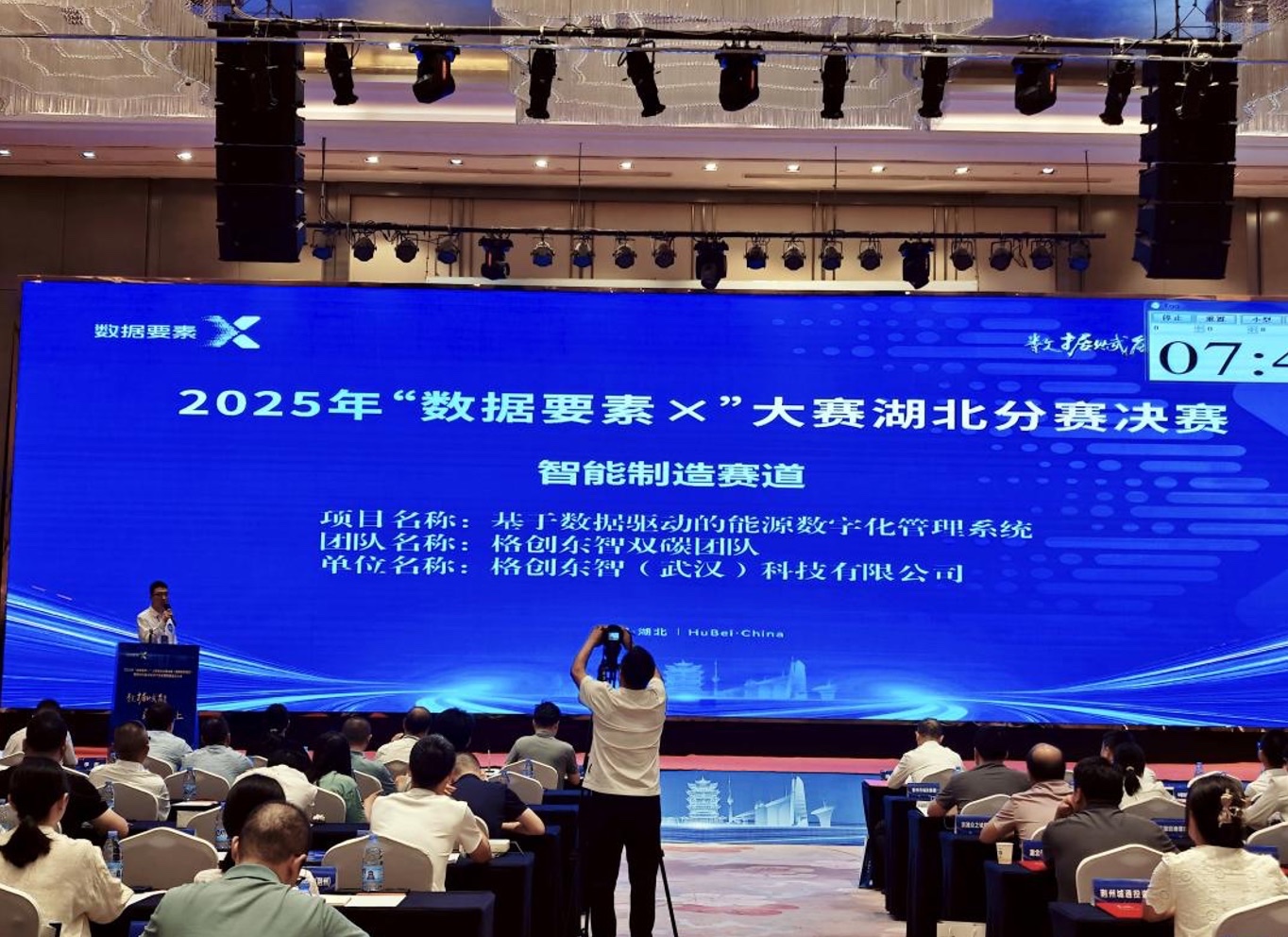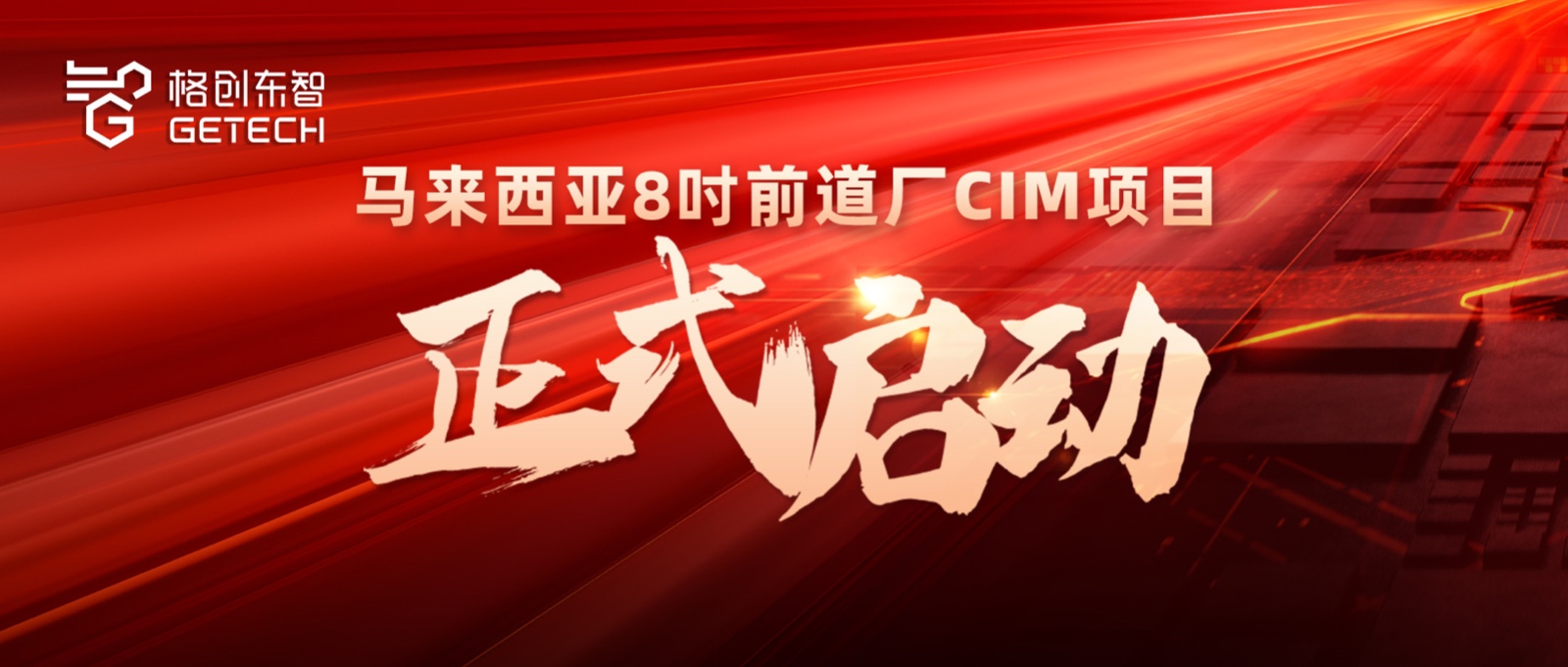AI+Machine Vision: How to Facilitate High-Quality Development?
In December 2023, the Ministry of Industry and Information Technology issued the "Implementation Opinions on the Manufacturing Excellence Quality Project," emphasizing that quality is the lifeline of manufacturing and promoting the shift from quantitative expansion to quality improvement is a practical need for high-quality development in the new era. In this process, the intelligence level of manufacturing plants continues to improve. For example, in the field of industrial product inspection, engineers have turned AI into "new workers" to help factories solve challenging problems.
AI visual inspection originating from semiconductor manufacturing scenarios In 2018, GETECH was incubated by TCL, bringing with it the digital capabilities accumulated by TCL in solving specific problems, and based on this, developed a series of related products and solutions. Deep industry know-how became GETECH's natural advantage. Unlike some AI companies that seek scenarios and customers with technology, they are the result of specific scenarios, so from birth, they have a strong gene for understanding scenarios and customer needs. GETECH's machine vision inspection solution—Tianshu AI Visual Inspection System—is a small branch of its industrial intelligence solutions, originating from TCL Huaxing's semiconductor panel production inspection. Each key process in panel production requires AOI (Automatic Optical Inspection) equipment to take pictures and identify related defects. Initially, defect classification was done manually; only after classification could the next steps be determined. The entire process involves over a hundred steps, requiring a large amount of manual labor for each key process. With the rise of machine vision technology, GETECH collaborated with TCL Huaxing to develop an AI visual inspection system, using artificial intelligence technology for image recognition and classification. After implementation, the solution significantly improved inspection efficiency, replacing 80-90% of inspectors, and capable of inspecting nearly 3 million images per day. It also enhanced inspection accuracy by effectively avoiding issues such as human fatigue and cognitive differences between individuals. Subsequently, as technology matured, GETECH's machine vision solutions gradually expanded beyond the semiconductor industry and have now successfully empowered 22 sub-industries, including photovoltaics, 3C electronics, home appliances, petroleum and petrochemicals, and aerospace.
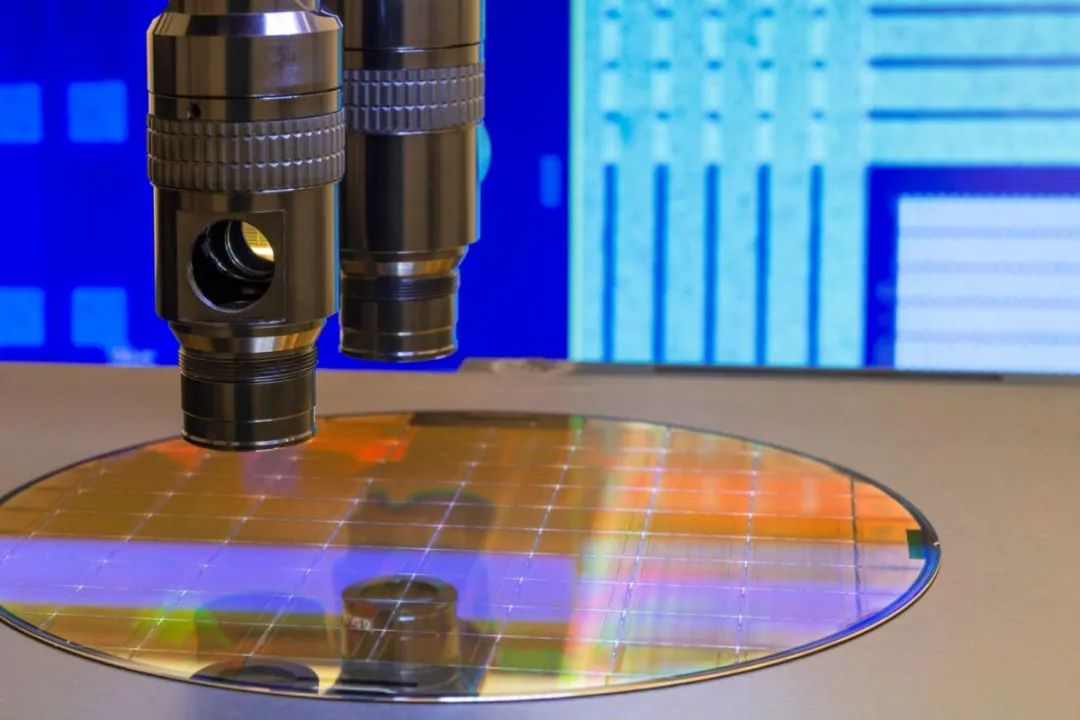
How do AI models empower manufacturing? The process of AI empowering machine vision inspection has evolved from small models to large models, and then to "small models." Initially, GETECH combined its deep industry data accumulation and in-depth understanding of specific industrial scenarios and inspection indicators with machine learning algorithms to build small models for specific inspection scenarios. The construction of small models aims to closely match specific business scenarios and needs, emphasizing targeting and high adaptability. Through focused and customized development, small models can meet industry-specific needs while improving operational efficiency and decision quality. However, small models risk overfitting, meaning the model focuses too much on details and noise in the training dataset, leading to poor performance on new, unseen data. This necessitates data normalization and standardization to achieve optimal data distribution and proportions. Model development and tuning require professionals familiar with both AI technology and industry expertise, which many customer companies lack. In 2022, breakthroughs in large model technology offered hope for solving these problems. Compared to small models, large models have stronger compatibility and stability. Large model design is not limited by data complexity, does not require deep scene understanding, only needs sufficient data for training, and requires minimal parameter tuning or architectural design. They can handle various types of data more easily without overfitting. In summary, the emergence of large models significantly lowers the barrier to model implementation.
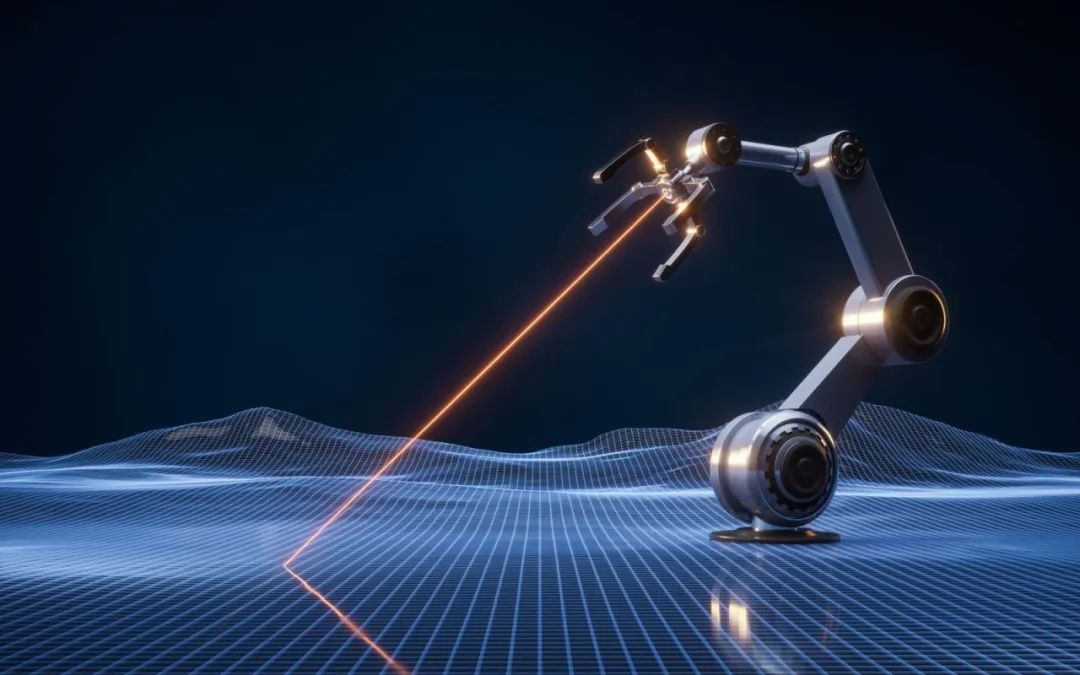
GETECH, which has long pondered how to make machine vision systems better and easier to implement, actively responded to the trend of large model technology, training and developing its own large model based on extensive existing data and small models. However, directly implementing large models on the client side posed new challenges, such as high resource consumption for inference in real-time industrial scenarios and cost pressures, making it difficult to meet the seamless integration of continuous rapid inspection and production processes. GETECH's solution is to first train large models internally and then perform "model slimming" for specific scenarios. This approach leverages large models for learning and feature extraction, enabling more efficient training of small models with significantly reduced data requirements, making model implementation more convenient and feasible. Additionally, to improve product deliverability, the Tianshu AI Visual Inspection System developed visualization features, simplifying the model development process into intuitive drag-and-drop operations, allowing non-AI expert IT personnel to easily develop and optimize AI models. Customers can select from a range of preset sub-models and algorithms, combining them through simple operations to build models that meet specific needs without delving into complex algorithmic details. This way, many customer companies can benefit from the latest machine vision technology without additional significant human resource investments. How much impact does AI have on the industrial intelligence process? Beyond machine vision, industrial intelligence applications can effectively improve product quality through precise control, intelligent analysis, automated production, quality traceability, and other means, leading the digital transformation and upgrading of manufacturing. Enhancing quality with "intelligence," leading the new era of industrial intelligence. On the journey to achieving new industrialization, GETECH will continue to leverage its technological advantages, committed to transforming more integrated software and hardware digital applications into practical productivity, injecting continuous new momentum into high-quality development, and exploring the infinite possibilities of industrial intelligence.

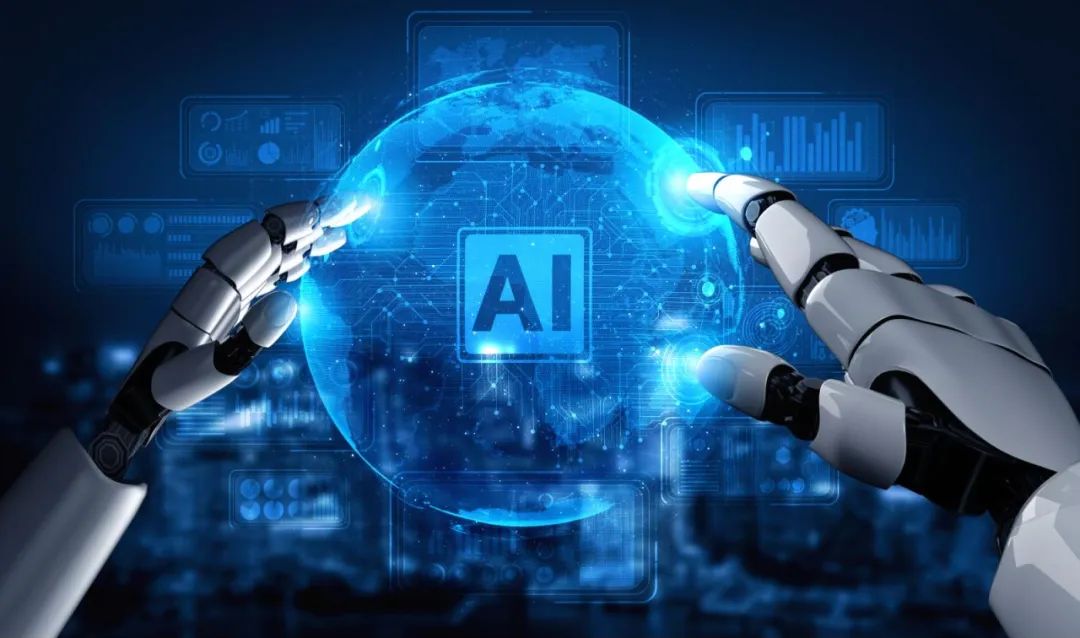
AI visual inspection originating from semiconductor manufacturing scenarios In 2018, GETECH was incubated by TCL, bringing with it the digital capabilities accumulated by TCL in solving specific problems, and based on this, developed a series of related products and solutions. Deep industry know-how became GETECH's natural advantage. Unlike some AI companies that seek scenarios and customers with technology, they are the result of specific scenarios, so from birth, they have a strong gene for understanding scenarios and customer needs. GETECH's machine vision inspection solution—Tianshu AI Visual Inspection System—is a small branch of its industrial intelligence solutions, originating from TCL Huaxing's semiconductor panel production inspection. Each key process in panel production requires AOI (Automatic Optical Inspection) equipment to take pictures and identify related defects. Initially, defect classification was done manually; only after classification could the next steps be determined. The entire process involves over a hundred steps, requiring a large amount of manual labor for each key process. With the rise of machine vision technology, GETECH collaborated with TCL Huaxing to develop an AI visual inspection system, using artificial intelligence technology for image recognition and classification. After implementation, the solution significantly improved inspection efficiency, replacing 80-90% of inspectors, and capable of inspecting nearly 3 million images per day. It also enhanced inspection accuracy by effectively avoiding issues such as human fatigue and cognitive differences between individuals. Subsequently, as technology matured, GETECH's machine vision solutions gradually expanded beyond the semiconductor industry and have now successfully empowered 22 sub-industries, including photovoltaics, 3C electronics, home appliances, petroleum and petrochemicals, and aerospace.

How do AI models empower manufacturing? The process of AI empowering machine vision inspection has evolved from small models to large models, and then to "small models." Initially, GETECH combined its deep industry data accumulation and in-depth understanding of specific industrial scenarios and inspection indicators with machine learning algorithms to build small models for specific inspection scenarios. The construction of small models aims to closely match specific business scenarios and needs, emphasizing targeting and high adaptability. Through focused and customized development, small models can meet industry-specific needs while improving operational efficiency and decision quality. However, small models risk overfitting, meaning the model focuses too much on details and noise in the training dataset, leading to poor performance on new, unseen data. This necessitates data normalization and standardization to achieve optimal data distribution and proportions. Model development and tuning require professionals familiar with both AI technology and industry expertise, which many customer companies lack. In 2022, breakthroughs in large model technology offered hope for solving these problems. Compared to small models, large models have stronger compatibility and stability. Large model design is not limited by data complexity, does not require deep scene understanding, only needs sufficient data for training, and requires minimal parameter tuning or architectural design. They can handle various types of data more easily without overfitting. In summary, the emergence of large models significantly lowers the barrier to model implementation.

GETECH, which has long pondered how to make machine vision systems better and easier to implement, actively responded to the trend of large model technology, training and developing its own large model based on extensive existing data and small models. However, directly implementing large models on the client side posed new challenges, such as high resource consumption for inference in real-time industrial scenarios and cost pressures, making it difficult to meet the seamless integration of continuous rapid inspection and production processes. GETECH's solution is to first train large models internally and then perform "model slimming" for specific scenarios. This approach leverages large models for learning and feature extraction, enabling more efficient training of small models with significantly reduced data requirements, making model implementation more convenient and feasible. Additionally, to improve product deliverability, the Tianshu AI Visual Inspection System developed visualization features, simplifying the model development process into intuitive drag-and-drop operations, allowing non-AI expert IT personnel to easily develop and optimize AI models. Customers can select from a range of preset sub-models and algorithms, combining them through simple operations to build models that meet specific needs without delving into complex algorithmic details. This way, many customer companies can benefit from the latest machine vision technology without additional significant human resource investments. How much impact does AI have on the industrial intelligence process? Beyond machine vision, industrial intelligence applications can effectively improve product quality through precise control, intelligent analysis, automated production, quality traceability, and other means, leading the digital transformation and upgrading of manufacturing. Enhancing quality with "intelligence," leading the new era of industrial intelligence. On the journey to achieving new industrialization, GETECH will continue to leverage its technological advantages, committed to transforming more integrated software and hardware digital applications into practical productivity, injecting continuous new momentum into high-quality development, and exploring the infinite possibilities of industrial intelligence.

